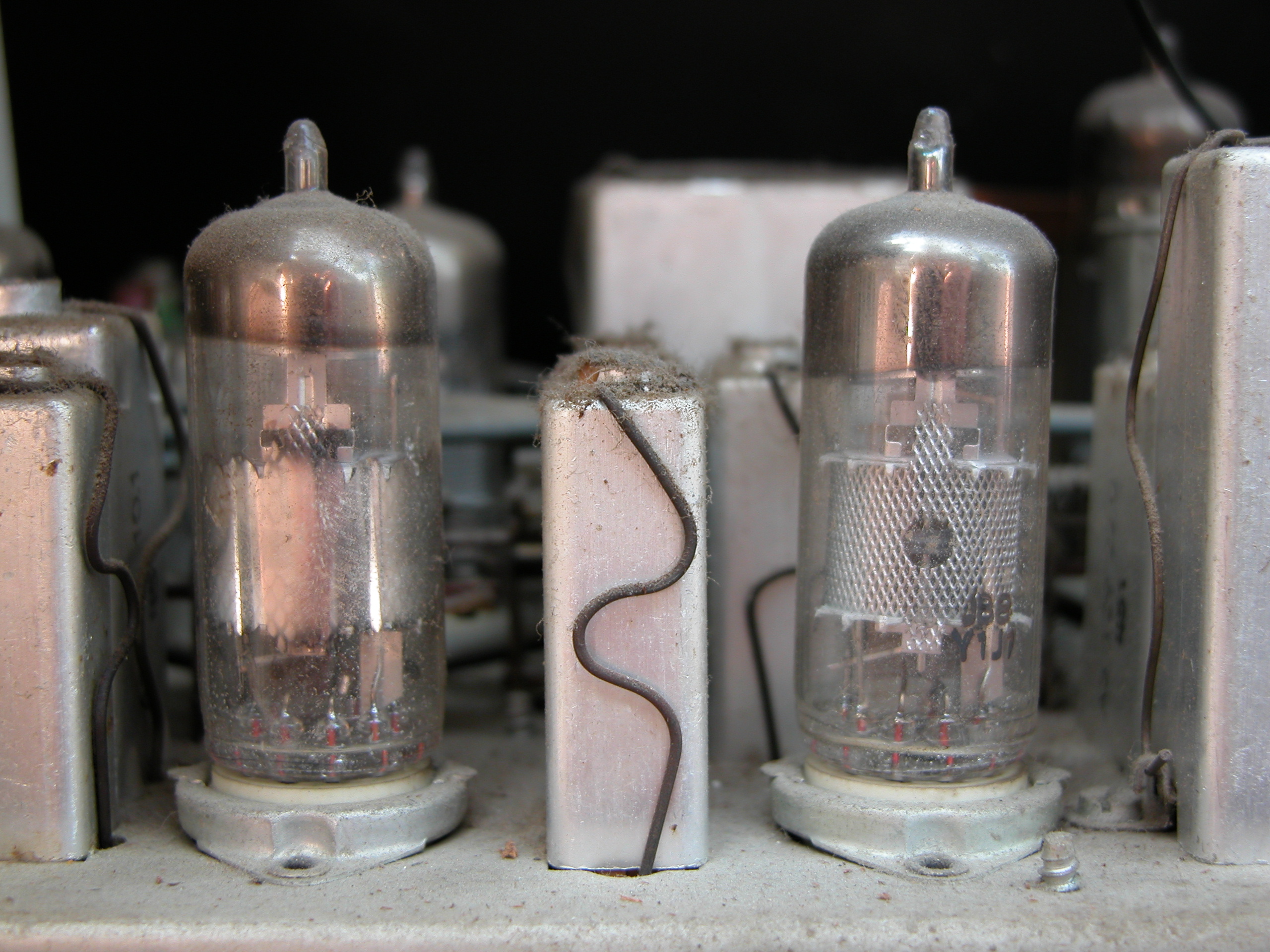상 담 문 의
1666-9526
010-5398-7786
오전 7:00 - 오후 8:00 연중무휴
예금주 : 왕재성

The first of these was stated as, "To ensure the safety of young children it is of considerable importance that the contacts of the socket-outlet should be protected by shutters or other like means, or by the inherent design of the socket-outlet." Others included flush-fitting as opposed to the 2A, 5A and 15A sockets which mainly protruded from the wall being fitted on a patress, a switch being optional, requirements for terminals, bottom entry for the cable, what are electric cables and contact design. Coaxial cable, or "co-ax," is used for connecting TVs to antenna, cable services, and satellite dishes. The flexible cord always enters the plug from the bottom, discouraging removal by tugging on the cable, which can damage the cable. Comprehensive policies cover for' accidental damage' and this scenario would be covered unless there was clear evidence that the customer was deliberately trying to set fire to their car. There are two common misconceptions about the purpose of the fuse in a BS 1363 plug: one is that it protects the appliance connected to the plug, and the other is that it protects against overloading. However, to ensure that this protection has a rating matched to the appliance flexible cord fitted to the plug, a fuse rated between 1A and 13A is incorporated into each plug.
Since the fuse or circuit breaker for a final ring circuit has to be rated for the maximum current the final ring could carry (30A or 32A for a breaker), additional protection is required at each socket-plug connection. Wired connections may also be connected to the final ring, requiring to include a suitably rated fuse and switch. However, the BS 1363 system is not limited to use with final ring circuits being suitable for radial circuits. In the final ring circuit, each socket-outlet was supplied with current by conductors on both sides of the 'loop.' This contrasts with the radial circuit system (which is also used in the UK, often in the same installation) wherein a single cable runs out radially, like a spoke, from the distribution board to serve a number of sockets. The final ring circuit in the UK requires the use of BS 1363 plugs and sockets. In this arrangement a cable connected to a fuse, or circuit breaker, in the distribution board was wired in sequence to a number of sockets before being terminated back at the distribution board, thus forming a final ring circuit. D. W. M. Latimer FIEE (2007), History of the 13 amp plug and the ring circuit, London: IET.
This plug corresponds to Type M in the IEC table. The standard was aligned, where possible, with the proposed IEC standard for domestic plugs and socket-outlets. In an appendix to the main report (July 1944), the committee proposed that a completely new socket-outlet with a fuse in the plug to protect an appliance's flexible cord should be adopted as the "all-purpose" one socket and plug domestic standard. Convened in 1942, the committee reported in 1944, producing one of a set of Post War Building Studies that guided reconstruction. BS 1363 was introduced in 1947 as one of the new standards for electrical wiring in the United Kingdom used for post-war reconstruction. Once you identify your houses wiring type, don't try to imitate it before consulting your local building codes. THHN and THWN are codes for the two most common types of insulated wire used inside conduit. Each telephone cable contains several individual copper wire pairs; a large cable may contain as many as several hundred pair. The most commonly used telephone and data wires are Cat 5 (category 5) cable and its more modern counterpart Cat 6, which can be used for both phone and data transmission and offer greater capacity and quality than standard phone wire.
This new standard covers adaptors for use with BS 1363 socket-outlets and includes conversion adaptors (those which accept plugs of a different type), multiway adaptors (those which accept more than one plug, which may or may not be of a different type) and shaver adaptors. As, wires and cables are critical part of any electric system, therefore, it is important to use only high quality cables for anything. This was used for high power industrial equipment up to 7.2 kW, such as industrial kitchen appliances, or dimmer racks for stage lighting. But, at the same time, the rates of the cables and wires shouldn’t be too high. Wylex sockets were used in council housing and public sector buildings and, for a short time, in private housing. Fused plugs and sockets of various proprietary and non-interchangeable types are found in older public buildings in the UK, where they are used to feed AC electric wall clocks. BS 1363 replaced the BS 546 plug and socket (which are still found in old installations or in special applications such as remotely switched lighting). The plug and socket-outlet system defined in BS 1363 is a result of one of the report's recommendations.